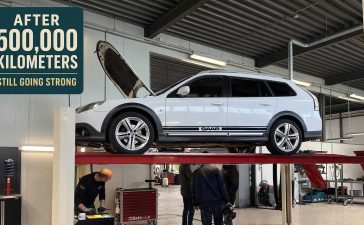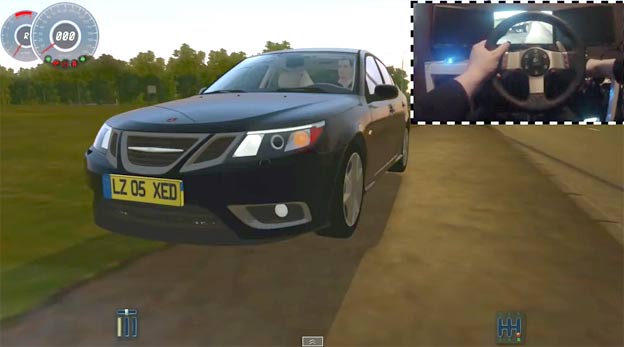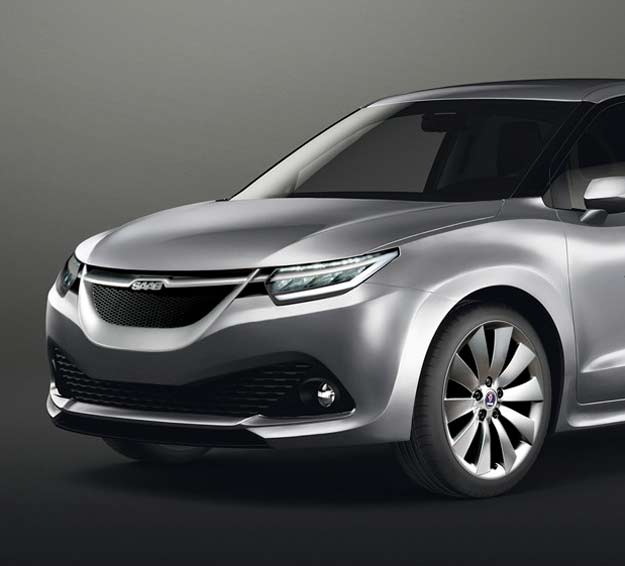Table of Contents
Who is TheSketchMonkey?
Marouane Bembli, better known online as TheSketchMonkey, is not just another YouTuber redesigning old cars for clicks. He’s an experienced industrial designer with over 18 years in the field, working across multiple industries from automotive to medical equipment.
With clients across Switzerland, Sweden, Italy, and the US, Bembli merges engineering understanding with artistic interpretation. Since 2014, he’s taught over 30,000 students the nuances of design sketching via his platform Analog Designer Pro Pack. His popular YouTube channel TheSketchMonkey blends car history, visual redesigns, and critique—particularly celebrating or rethinking automotive design icons.
Why the Saab 9000?
In a sea of Audi, BMW, and JDM fan requests, Bembli was surprised by the strong response for a Saab. Specifically, the Saab 9000, a sedan that rarely gets reinterpreted. In his video “1997 Saab 9000 REVIVAL!“ he tackles the facelifted 9000 CD/CS, dissecting its design history before unveiling a sleek 2025-styled rework.
The Saab 9000 represents an important, if often forgotten, chapter in Saab’s development. Produced from 1984 until 1998, the 9000 was Saab’s first foray into the executive sedan segment—shared under the Type Four platform with the Fiat Croma, Lancia Thema, and Alfa 164. Its evolution from the boxy 1985 Turbo to the refined 9000 Aero reflected Saab’s push toward performance luxury.
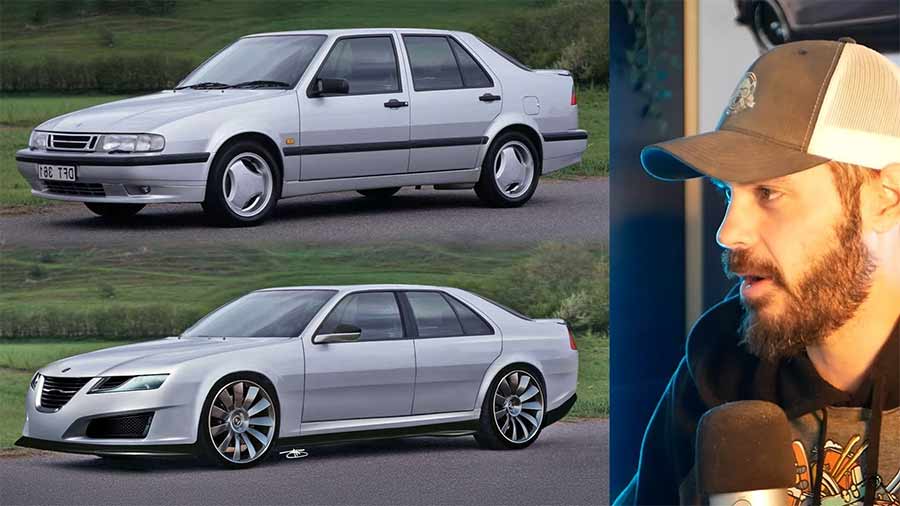
A Design Deep Dive: Then vs. Now
Bembli’s approach maintains a respectful eye toward the 9000’s DNA. He doesn’t discard the iconic Saab profile. The long, straight beltline remains. The tall, functional greenhouse is reinterpreted into a more modern proportion, shrinking the visual glasshouse to match today’s sedan ratios (70% body, 30% greenhouse).
Key Modern Elements Introduced:
- Aero X front fascia: Featuring the low-slung, fighter-jet style front first seen on the 2006 Aero X concept car.
- Massive turbine-inspired wheels: Direct nods to Saab’s aeronautical legacy.
- Flush surfaces, reduced plastic cladding: Stripping away the ’80s plastic trim that once lined the lower body.
- Body-colored sills and integrated lower aero: Echoing the 9000 Aero, but refined and modernized.
Yet, Bembli isn’t out to build an EV hypercar or reinvent the sedan class. This isn’t a Saab Mission E. It’s a respectful evolution—a Saab 9000 for 2025 if Saab had survived.
The Subtle Power of Familiarity
Unlike many redesigns that veer into fantasy, what makes this concept resonate is its restraint. The grille still says Saab. The side profile still echoes Björn Envall’s original work. There are no exaggerated creases or illogical surfacing. Instead, it’s all very Saab: logical, balanced, with a whiff of aggression only when you look closely.
He resists the urge to over-style, avoiding gimmicks like floating roofs or disconnected DRLs. Even the Aero X wheels, while striking, feel earned—rooted in concept history rather than pulled from a CGI template. Bembli proves that modern doesn’t mean abandoning identity.
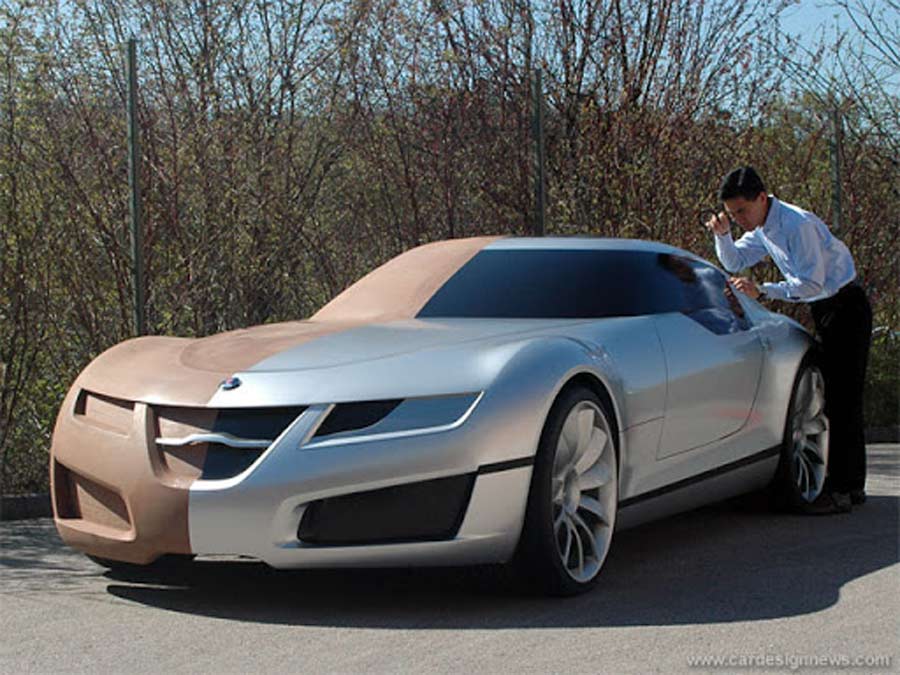
A Legacy Worth Reimagining
Saab built just over 500,000 units of the 9000 before ending production in 1998. The 9000 CD and later CS models were never global icons, but among Saab loyalists, especially in Europe, they represented peak Saab engineering—prioritizing safety, cargo space, and turbocharged practicality.
In the U.S., the 9000 was rare even when new. Now, spotting one is an event. Bembli’s design doesn’t just revive a silhouette; it reclaims a philosophy. The real innovation in his sketch isn’t the shape—it’s the reminder of what Saab once dared to do: challenge the German giants on its own terms.
If NEVS or another startup were ever to attempt a true Saab revival, this concept wouldn’t be a bad place to start. Build it with today’s EV platform and performance specs—leave the badge where it belongs.
What This Says About Saab’s Afterlife
The video isn’t just a fan service exercise. It’s an inadvertent design thesis: Saab doesn’t need reinvention—it needs recognition. For enthusiasts, this design offers something emotional: a credible glimpse into an alternate timeline. One where the 9000 got its due. One where Saab kept going.
Bembli closes the video with a sentiment familiar to many fans: Saab wasn’t just different—it was consistently different. And that consistency, from side-mounted ignition to three-spoke wheels, is what made it special.
Final Thoughts: Should This Car Exist?
In a world where digital design tools can bring ideas to life, Bembli’s 9000 isn’t just a render—it’s a provocation. A challenge to a car culture that’s quick to forget. Could the Saab 9000 have made it to 2025 with the right backing? Maybe. But now, thanks to this thoughtful redesign, it exists in a form we can debate, admire, and imagine.
If nothing else, it gives Saab fans something they’ve always craved: relevance in a world that moved on too fast.
Watch the full redesign process here:



